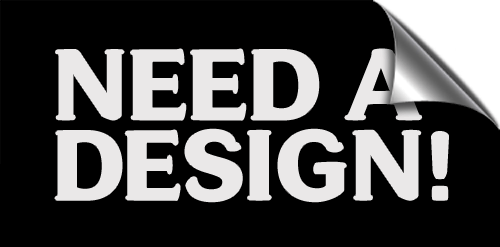
When starting a new business (commercial, industrial, or otherwise) or launching a website, one of the first things to focus on is creating a unique identity for your organization or site. Unfortunately, many people starting a new venture overlook the importance of designing a proper identity, often neglecting the value of a strong logo.
Creating the perfect logo can be challenging and is a top priority for any new business. At EGYdesigner, we provide up to five unique logo concepts for you to choose from. The goal isn’t just technical proficiency with design software but also creativity and innovation to develop a unique idea that represents your business. While many companies offer logo design services, only a few excel in crafting distinctive, memorable brand identities.
This introduction aims to help you avoid costly mistakes that could impact the success of your venture. A good logo is essential for making a lasting impression, standing out from competitors, and creating a "mental fingerprint" that helps audiences easily recall your brand.
This critical step involves understanding the nature of the business (company, organization, industry, etc.). We gather as much information as possible about the business, its activities, products, and services. If the client has a specific idea or vision for the logo, we incorporate that into the design process. Additionally, we consider the intended uses of the logo (e.g., for a website, correspondence, business cards, or products) to ensure it meets all requirements. Clients receive the primary logo file, which can be adjusted to fit any size or format they may need in the future.
This is where the actual design process begins. After gathering all the necessary information, we let our creativity flow to prepare an initial study. This involves creating 4–9 unique logo concepts. Once completed, we narrow down the options to the top five designs, which are then presented to the client for selection.
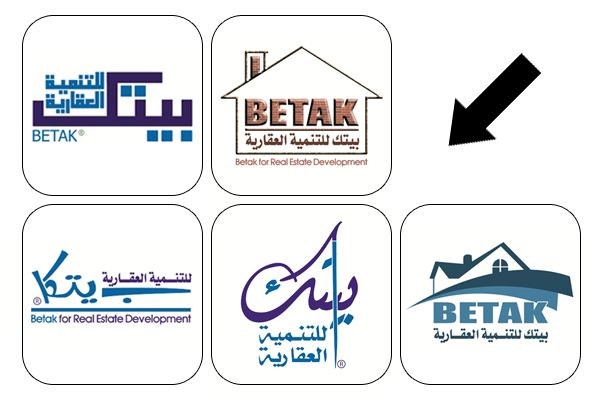
If the client selects a design and requests specific changes, we make the necessary adjustments while also refining the overall concept. This includes reviewing colors and enhancing the design where possible. Once the revisions are complete, the updated logo is presented for final approval.
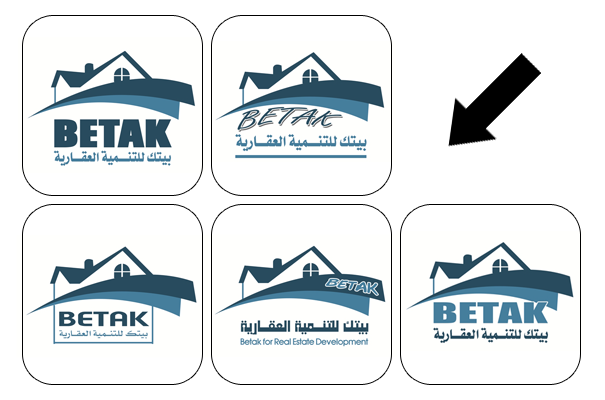
This is the final step in the process, where the finalized logo is prepared in a TIFF file format. This format allows for extracting all other file types the client might need. Additionally, several versions of the logo are created to meet practical requirements, such as:
All these versions are compiled and delivered to the client in a single package, either on a CD or as a compressed file available for download via the internet.
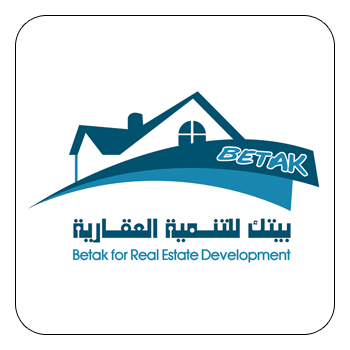
A slogan is a short, concise phrase that a company adopts as a motto for its marketing campaigns. A well-thought-out slogan is designed to achieve the ultimate goal of leaving a positive impression on customers. This positive impact, combined with the company’s advertising, helps to reflect the image the company aims to establish in the subconscious mind of the consumer.
Although a slogan and a logo may seem different, they are deeply interconnected. Together, they address two senses—sight and hearing—to engrain the brand’s image in the minds of its customers. Both elements are indispensable for any business or organization striving to capture and retain customers' attention while differentiating themselves from competitors offering similar services or products.
These options aim to resonate with the target audience, highlight the company’s values, and leave a memorable impression.
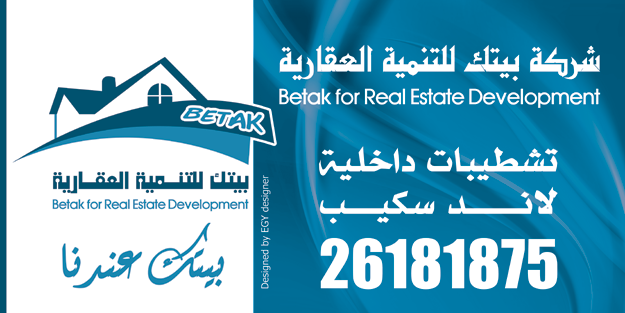
Large companies choose their slogans with extreme precision and care because a poorly chosen slogan can negatively impact the brand if it fails to leave the desired impression on customers. An effective slogan must include the following key ingredients:
The slogan should be easy to remember, flow naturally, and have a rhythm that resonates. Consumers should understand the company’s message behind the slogan, even if it doesn’t directly reflect the company’s business activity.
A great slogan doesn’t necessarily describe the business’s activity directly. Instead, it should evoke curiosity, confidence, or emotional engagement.
To leave a lasting impression, a slogan must be smooth and memorable, requiring little effort from the consumer. For instance, a slogan like "We’re the Best in Telecommunications" is not only cliché but also forgettable. Compare this to Thuraya’s slogan:"We go far, so you can stay close."
It’s concise, meaningful, and leaves a strong impression without being overly literal.
Additionally, some slogans are designed to make the customer "think" about their clever meaning, making them unforgettable. For example, an old slogan by Crossfire Shoes:"We Lead, Others Follow."
This slogan exudes confidence and positions the company as a market leader, implying that competitors merely imitate them. Such slogans, which I call “Head-Turning Slogans,” can leave a strong positive impact on the customer. However, these should only be used by established companies. For newer or lesser-known brands, such slogans might invite skepticism or ridicule rather than admiration.
It’s not necessary for a slogan to directly describe the company’s activity. In fact, slogans that are overly descriptive often fall into one of the following three categories, which are considered the weakest types of slogans:
Literal slogans are among the weakest and least effective types of slogans. For example: "The Best in Air Conditioning" Such a slogan fails to convince modern consumers, who are no longer easily swayed by a company’s self-promotion. In today’s world, customers are more skeptical and expect companies to craft creative and subtle messages that influence their subconscious without being overt.
These slogans hint at the company's activities without directly stating them, making them more appealing. For instance, Thuraya’s slogan: "We go far, so you can stay close" This slogan subtly reflects the company’s satellite communication services (going far). Another example is Bison Energy Drink’s slogan: "Full of Energy and Moves" These slogans don’t explicitly mention the product's features but effectively convey the brand's essence. This type of slogan is the most commonly used by companies.
Abstract slogans are the most challenging to create and are typically reserved for global, well-established brands like Sony, Panasonic, Nike, Adidas, and others. These slogans are built on years of reputation and brand development. For example, imagine a newly launched and obscure electronics company using the slogan: "Ideas For Life" Such a slogan wouldn’t contribute to the company’s success because it lacks credibility and recognition. However, when a global giant like Panasonic uses this slogan, it becomes a source of inspiration for consumers. The company conveys that it innovates and develops products to make life easier and more enjoyable.
A great slogan is not necessarily suitable for every company. Startups or lesser-known brands should focus on slogans highlighting product quality, uniqueness, or a distinctive feature unavailable in competitors' offerings. For a well-established company like Sony, there’s no need for a slogan emphasizing product quality—they surpassed this phase decades ago. Instead, their slogans focus on maintaining their presence as an innovative and competitive market leader. They aim to show continuous evolution and technological advancement, rather than reiterating the quality of their already trusted products.
A slogan’s effectiveness depends on the company’s reputation and stage of growth. Established giants can afford abstract, inspirational slogans, while emerging businesses should prioritize clear and focused messages that directly appeal to their target audience.
A well-crafted slogan combines creativity, simplicity, and emotional resonance to leave a lasting impression on the audience. By avoiding direct descriptions and focusing on the brand's unique personality and vision, companies can craft a slogan that strengthens their identity and elevates their message.
